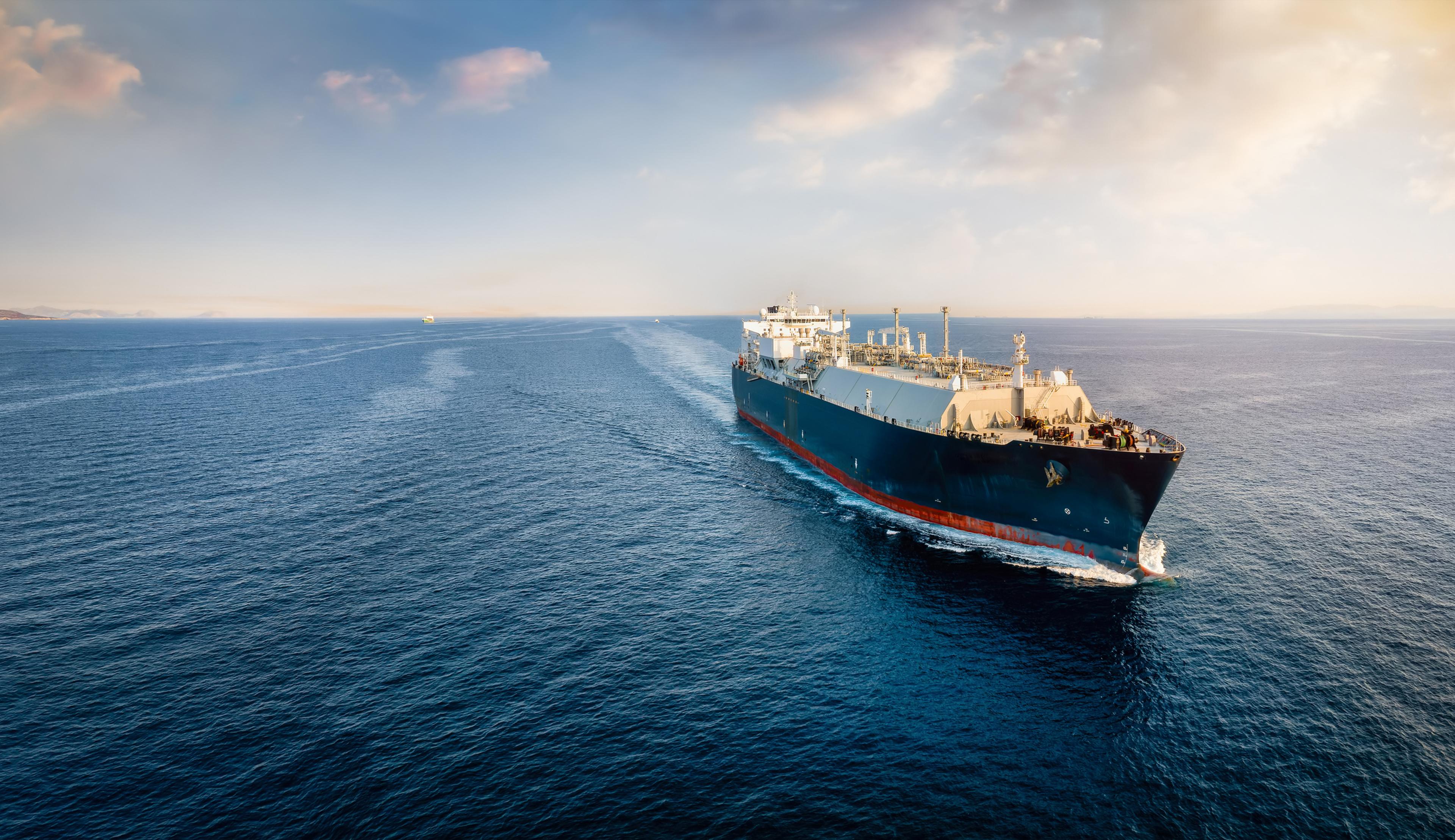How will e-NG get around the world?
When it comes to reducing emissions, speed is of the essence. Because e-NG is identical to natural gas on a molecular level, with the difference that it is fully green, we can immediately store, ship, and distribute green hydrogen based e-NG without upgrades to existing infrastructure.
From terminals to pipes to vessels, everything that is currently used for natural gas can be used for e-NG. Our ability to hit the ground running means we can get e-NG to as many customers as possible, as quickly as possible. So reducing emissions does not have to wait.
While we fully plan to leverage the systems already in place, we are also building our own global green energy hubs to support import, storage, and distribution. From these hubs, we can supply e-NG directly to gas pipelines or convert it back for delivery to customers as green hydrogen. Hydrogen will be key to the green transition, but the versatility of e-NG is what gives us complete flexibility to respond to current and future market shifts.
e-NG can be transported to facilities around the world using existing infrastructure. As our cargo ships will also run on e-NG, reducing emissions immediately becomes simpler, faster, and hassle-free.
Same infrastructure, new gas
Overhauling the entire global energy system infrastructure would take huge corporate and governmental investment over the course of years. By the time that happens, it will be too late to mitigate the consequences of the climate crisis.
e-NG enables us to replace fossil molecules immediately using infrastructure that already exists. No costs, no upgrades, no time wasted. Decarbonizing the energy system can happen right now.

FAQ
Shipping is a major source of carbon emissions. How does TES plan to address this?
The ships and trucks that transport our e-NG will be fueled by e-NG. This decarbonizes our supply chain from the very start. All of our processes are transparent so there are no hidden carbon emissions. Customers will be able to see and control their entire supply chain via our digital twin.
How will e-NG be transported over land?
e-NG can be transported using the same trucks that are currently used to move natural gas. It can also be supplied directly to natural gas pipelines from our green energy hubs and other LNG import terminals.
How will TES access global shipping routes?
All TES locations are strategically chosen to give us access to the world’s key shipping routes. From our European base in Wilhelmshaven to North America, the Middle East, Australia and Japan, TES will have access to all major global transportation hubs. Read more about our locations .
What about e-NG/methane leakage along your value chain?
Methane is a greenhouse gas and emissions need to be reduced as much as possible. One of the main leakage points of fossil natural gas happens when it is extracted from the Earth. As TES skips this step by making e-NG with recycled CO₂, we vastly reduce the chances of leakage. That means logistics is the main focus of our optimization efforts so that we can ensure minimal chance of leakage during transportation and delivery. We are working on several assets like multi-gas carriers that will further reduce our already low emissions rate.
How will e-NG replace natural gas?
TES is working with local governments and partners to ensure e-NG can be supplied to local networks quickly and efficiently. Our Green Energy Hub in Wilhelmshaven will enable us to supply Germany’s major industrial customers via the existing natural gas grid. The chemical structure of e-NG means it blends easily with natural gas and the mix of e-NG can be dialed up over time.
How is e-NG converted back into hydrogen?
Once e-NG arrives at our green energy hubs, we can convert it back to green hydrogen through auto thermal reforming (ATR) or steam methane reforming (SMR). To do this, we expose e-NG to high temperature steam which converts the liquid fuel to a gas and causes green hydrogen to separate from carbon dioxide. We then capture each of these gasses separately. Green hydrogen is made available for distribution and the captured carbon is used again to make more e-NG.
Applying e-NG in the real world
We have walked you through how we make e-NG and get it around the world, but what can it be used for in practice? And how do we close the loop and begin the Green Cycle again?
